Equine Nutrition
-
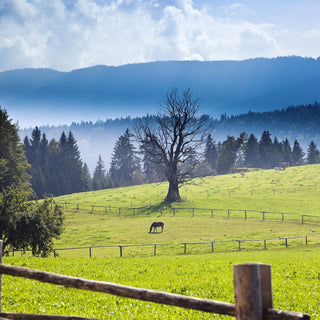
Mineral Balancers for Horses: The Ultimate Vitamin and Mineral Supplement
The use of mineral balancers in a horse's diet is a smart approach for ensuring optimal health and performance. These specially formulated feeds or supplements aim to balance the mineral...
-
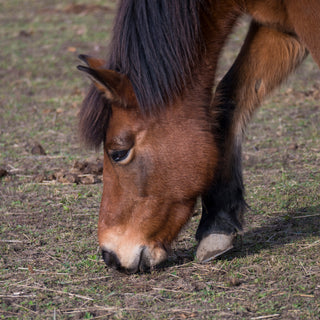
Geophagia Unearthed: Unveiling the Reasons Horses Eat Dirt
Geophagia Unearthed: Unveiling the Reasons Horses Eat Dirt Understanding Geophagia in Equine Behavior: What Does it Mean When Your Horse is Eating Dirt? Geophagia, the act of a horse eating...
-
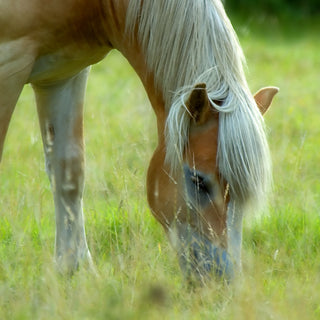
Should You Feed Your Horse at Ground Level? Why Equines Should Eat Off the Ground
It's almost always better to feed a horse at ground level. A horse's teeth, sinuses, and mouth were designed to eat off the ground and as such, it's the ideal...
-
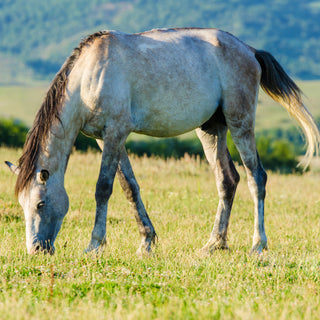
Why Does My Horse Act Like He's Starving?
Ever wondered why your horse seems perpetually hungry, acting as if he's starving despite regular feedings? Horses have unique digestive systems designed to constantly consume forage (hay and pasture grass)....
-
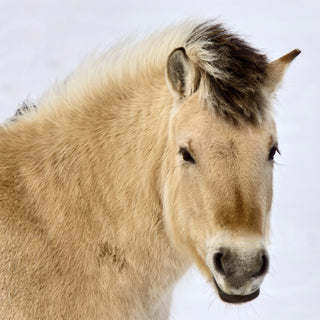
Understanding Vitamin E Deficiency in Horses
We discuss the vital role of the antioxidant vitamin E in maintaining normal neuromuscular function in horses. Understand the signs of vitamin E deficiency, including muscle dystrophy and neuromuscular disorders...
-
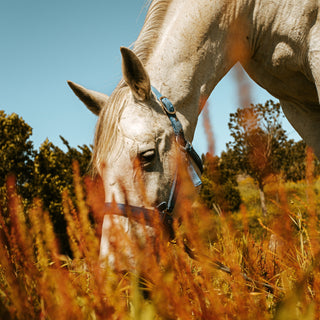
Protein in Horse Feed: Protein Requirements Horses Need and Why Protein Quality Matters
Protein in Horse Feed: Protein Requirements Horses Need and Why Protein Quality Matters When you read the feed label and it says 10 or 12 % protein, this is just...
-
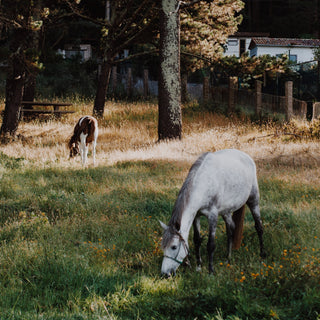
Equine Microbiome: Why Gut Microbiome is So Important and How Equine Nutrition Can Support the Intestinal Biome
We examine the equine microbiome, the importance of microbial balance in a horse's hindgut, the critical role of prebiotics and probiotics, and the significance of feeding sufficient fiber for optimal...
-
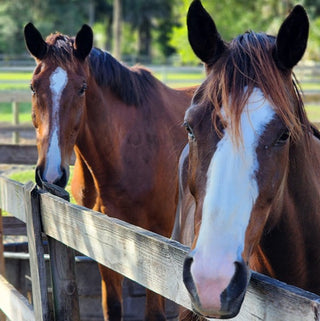
How to Save Money on Horse Feed
Dr. Worth has 3 tips for you on how to feed your horse on a budget: feed your hay in a net or bucket so it doesn't get trampled by...
-
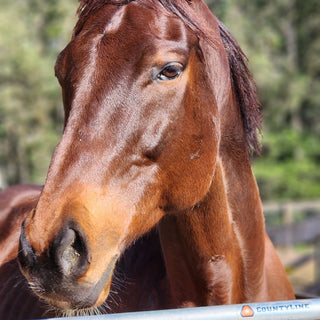
Testing Your Horse for Magnesium
In horses, magnesium is involved in a number of important bodily functions, including regulation of heart function, maintaining strong bones, and supporting a healthy immune system. Blood tests for magnesium won't...
-
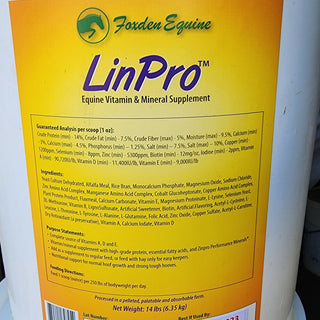
Minerals for Horses and Blocks vs Mineral Supplements
Horses require both macro and micro minerals to maintain their health. The best way to feed this is using a mineral balance pellet or supplement, like LinPro instead of feeding...
-
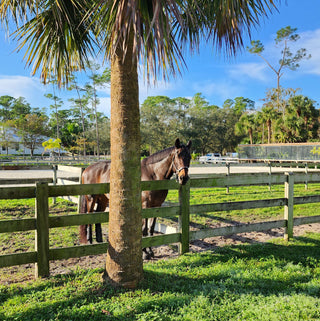
Feeding a Horse During Show Season
Everything you need to know about feeding your horse during show season: from fat sources, to feeding on a trailer, to water intake. Feed your horse right during the competition...
-
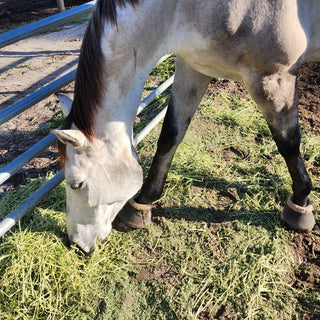
The Importance of Free Choice Hay
Horses should be fed a mainly forage diet and only adding in grain as needed. In almost all cases, horses should have access to fiber at all times. For overweight...












